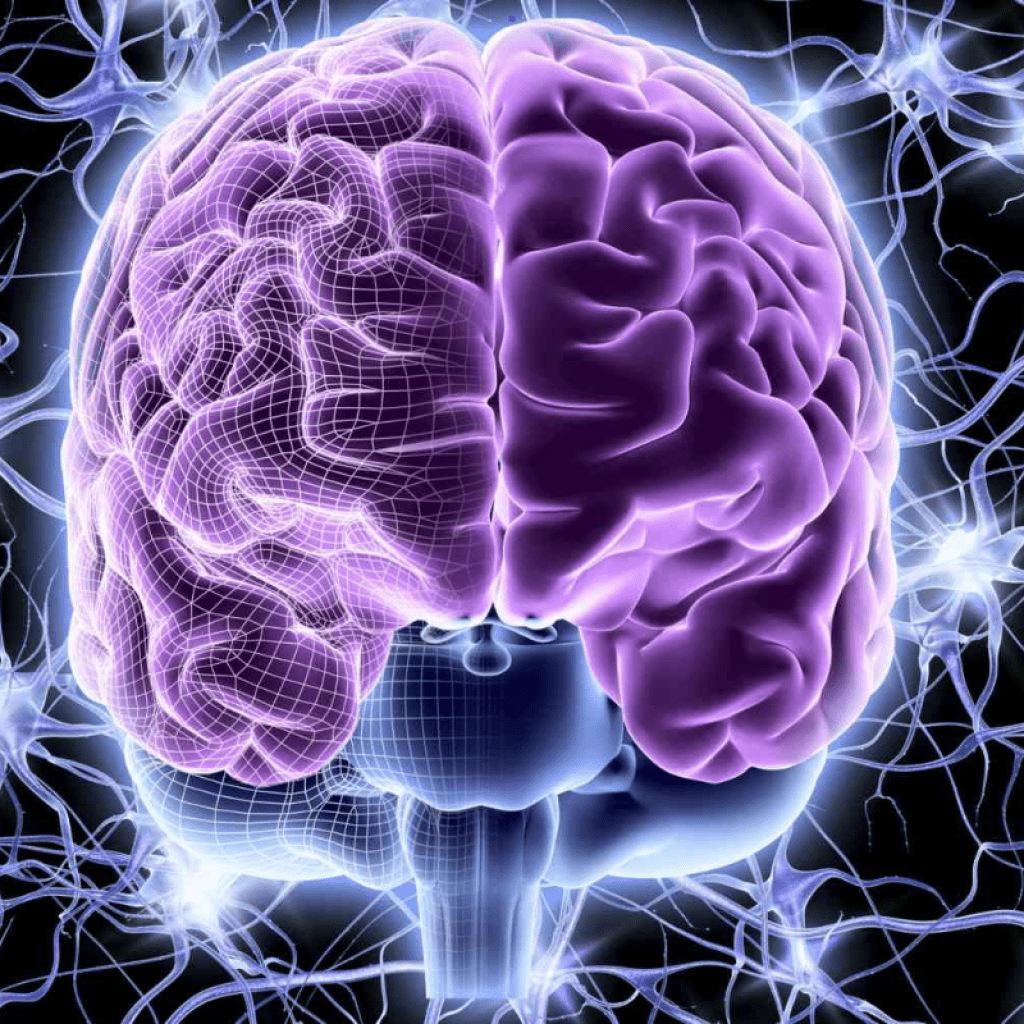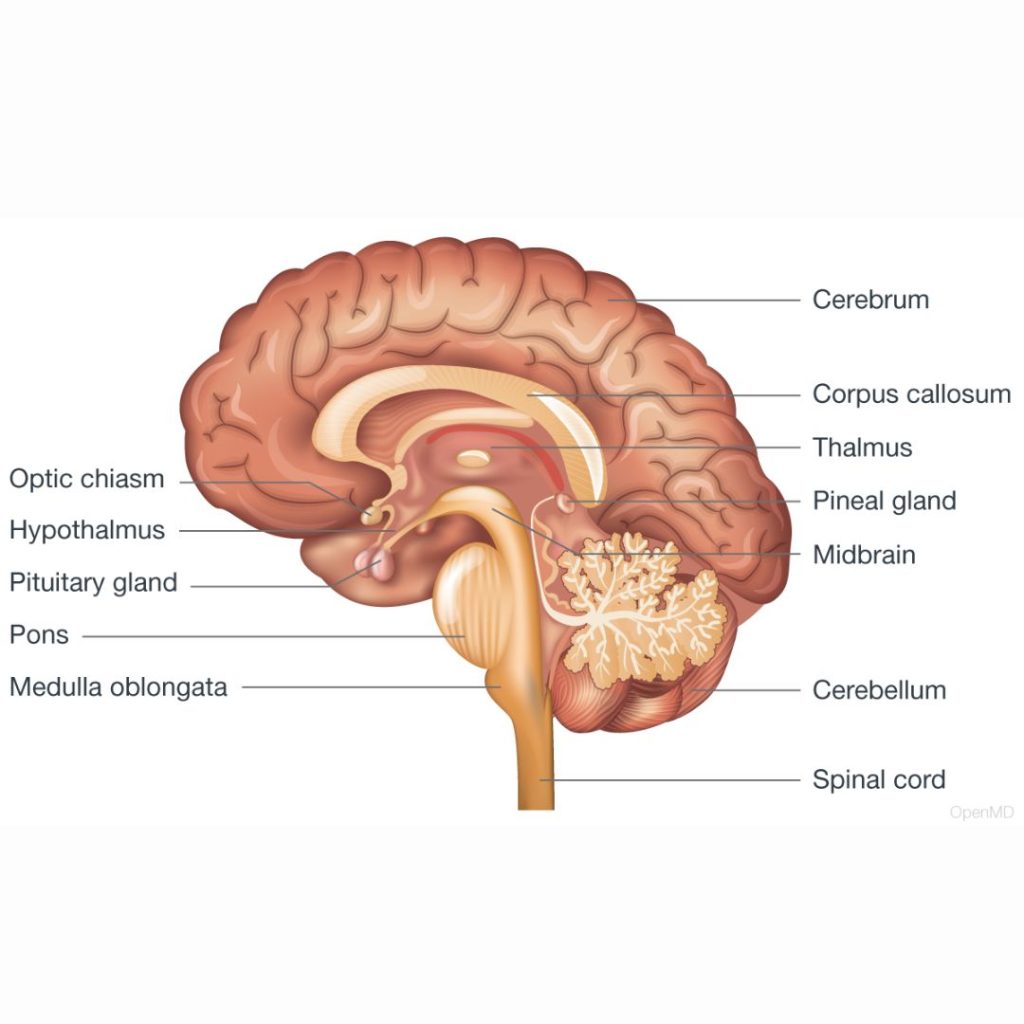In the human body, there is an intricate and well-coordinated system. The nervous system is a complex network responsible for controlling various vital organs in our bodies including the heart rate among others. Many students often ask if cranial nerves form part of the nervous system. The answer to this question is positive but it comes with some fascinating facts.
This article aims to expound on cranial nerves by looking into their functions as well as how they fit within the larger nervous system.
Understanding Nervous System

However, before that one can explore cranial nerves; it is essential to comprehend what the nervous system encompasses. In a nutshell, The Nervous System consists of two main parts:
Central Nervous System (CNS) – This includes brain and spinal cord which serve as the main control center.
Peripheral Nervous System (PNS) – All nerves stemming from the brain and spinal cord which connects CNS to other parts of the body are referred to as peripheral nervous system.
The peripheral nervous system is divided into:
The Somatic Nervous System which allows voluntary control of muscles.
The Autonomic Nervous System, on the other hand, regulates involuntary activities such as heartbeat and digestion.
In terms of classification, Cranial nerves fall within the Peripheral Nervous System. Nevertheless, because of their peculiar origin and function, they often attract special categorization.
What Are Cranial Nerves?

Directly from the brain — mainly from the brainstem — rather than the spinal cord are where these twelve sets of paired nerves arise. Sensory (such as smell and sight), motor (like facial movements) or both are what each cranial nerve is named according to its numbered name I through XII.
This is a brief outline of the twelve cranial nerves:
- Olfactory (I) – Smell
- Optic (II) – Vision
- Oculomotor (III) – Eye movement, pupil constriction
- Trochlear (IV) – Eye movement
- Trigeminal (V) – Facial sensation, chewing
- Abducens (VI) – Eye movement
- Facial (VII) – Facial expression, taste (anterior tongue)
- Vestibulocochlear (VIII) – Hearing and balance
- Glossopharyngeal (IX) – Taste (posterior tongue), swallowing
- Vagus (X) – Parasympathetic control of heart, lungs, digestion
- Accessory (XI) – Shoulder and neck muscles
- Hypoglossal(XII)-Tongue Movement.
Crucially, these nerves are responsible for carrying information from the brain to different parts of the body, particularly in the head and neck.
Cranial Nerves as Part of the Peripheral Nervous System
Although they may originate from the brain, cranial nerves belong to the peripheral nervous system due to their role and structure in it[MOU1] . Like spinal nerves[MOU2], they serve as pathways through which information moves into or out of central nervous system. Their PNS categorization captures their purpose because they establish connections between CNS and peripheral organs as well as tissues[MOU3].
The olfactory (I) and optic (II) nerves, however, are thought to be part of the central nervous system because they are derived directly from the forebrain and covered by meninges that wrap around the brain rather than peripheral nerve coverings. The olfactory (smell) nerve and optic (vision) nerve for instance are more vulnerable to these diseases.
Cranial Nerves Play a Major Role But Why?
Daily life would be impossible without cranial nerves. Some of our most important senses depend on them as well as some of our most crucial activities such as:
Smelling and tasting food
Seeing the world around us
Using our eyes to move or change facial expressions
Hearing and balance maintenance
Speaking and swallowing
Vagus Nerve regulation of internal organs
Various disorders may occur due to cranial nerve damage. Examples include;
Bell’s Palsy (facial paralysis)
Trigeminal neuralgia (facial pain)
Loss of smell or taste sense
Double vision or weak eye movement functions.
However, since these nerves connect directly with the brainstem, cranial nerve dysfunction can also indicate underlying neurological conditions such as brain tumors, infections or strokes.
Nervovive Supplements

The Vagus Nerve: A Special Case
The vagus nerve (X) is one of the cranial nerves that stands out from the rest. Unlike other cranial nerves, it extends beyond the head and neck down to reach even the chest and abdomen. It plays a crucial role in functions like heart rate, digestion, and respiratory rate. In this sense, it forms an important link between the brain and vital organs which demonstrates how far reaching the nervous system is.
Final Thoughts
Cranial nerves form part of the nervous system, don’t they? Yes indeedy! To be more precise, they are components of peripheral nervous system with only two exceptions i.e. cranial nerves I & II which some scientists consider as parts of central nervous system.
Cranial nerves are very significant means of communication between our brains on one side and other parts of our bodies on another especially face and neck areas. Their importance goes far beyond basic sensory perception to intricate muscle control and even autonomic regulation.
Therefore understanding how cranial begins to demonstrate that human body’s nervous system is nothing short of a highly complex masterpiece that has been well coordinated.
Cranial nerves are essential parts of the nervous system. This article discusses twelve cranial nerves that connect our brain to various parts of the body. It also explains their functions in relation to the central and peripheral nervous systems.



